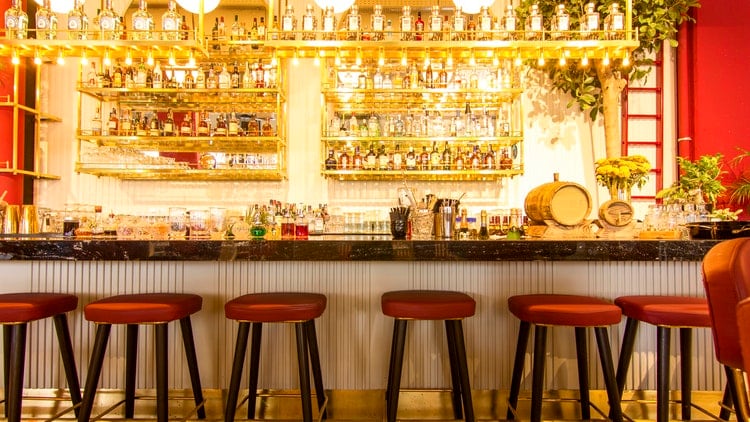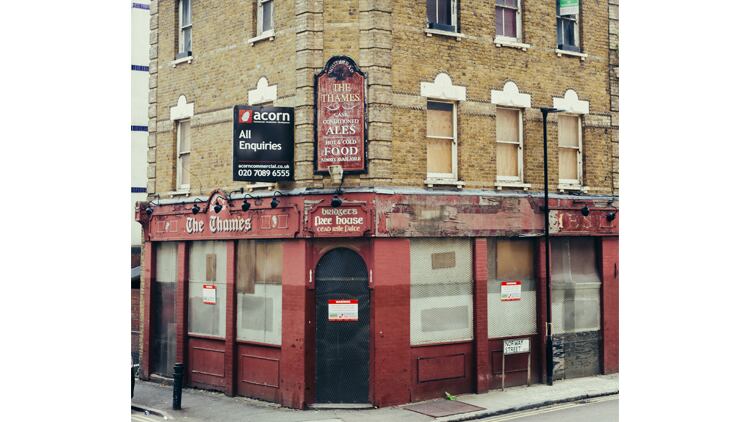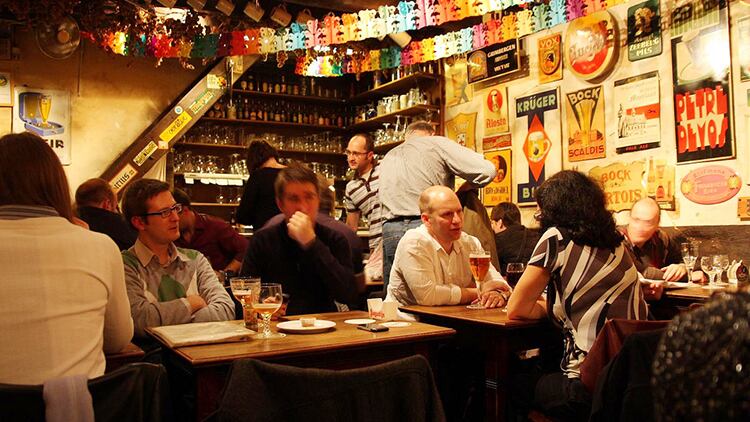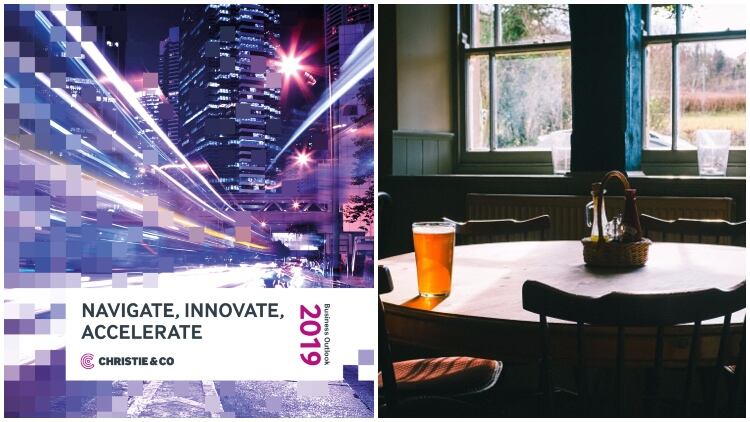The closure of drink-led pubs and bars averaged 3.6 a day in the past five years but in the last 12 months, the pace has slowed considerably to 2.2 a day, the new edition of the Market Growth Monitor from CGA and AlixPartners has revealed.
It also said this followed a strong 2018 for pub operators following a hot summer, the World Cup and the rising popularity of drinks including craft beer, cocktails and artisan spirits.
CGA vice-president Peter Martin said: “The past decade has seen a relentless decline in Britain’s number of pubs and bars but there are welcome signs the clear-out of unsustainable sites is starting to ease.
“With consumers’ drinking trends working in the sector’s favour and food-led pub operators facing the same challenges as managed restaurants, the outlook for drinkers’ pubs is better than it has been for a long time.”
Mergers and acquisitions in the pub market were to thank for the good news according to AlixPartners MD Graeme Smith.
Buoyant activity
He said: “The more positive outlook for pubs and bars is reflective of the buoyant merger and acquisition activity in the sector.
“Trade and private equity buyers are turning their gaze to pub and bar assets. This reflects not only the saturation of certain parts of the restaurant market, but also the combination of reduced supply and the continued rise of quality wet-led pub and bar operators. These factors have been driving strong performance in a challenging environment.”
Looking into the wider hospitality market, the research showed Britain had 5,780 managed restaurants in December 2018 – more than a quarter (27.3% or 1,241) more than just five years ago.
But casual-dining brands now appear to have peaked, with numbers slipping by 0.1% from December 2017.
This follows rising concerns about over-capacity in the restaurant sector alongside mounting pressures on property, people and food costs as well as Brexit-related dents to business confidence.
The Market Growth Monitor found outside of the M25, there was a 0.9% fall in the total in the year to December 2018 but inside the motorway, there was a 1.5% rise.
Further contraction
High streets where over supply has been most noticeable, saw managed restaurant numbers drop 1.1% year on year, while suburban areas recorded 2.2% growth.
Martin added: “The boom in managed restaurants has been one of the British economy’s great success stories of the past decade.
“But after a string of closures and company voluntary arrangements in the casual-dining sector in the past 12 months, the sector is now in net decline – albeit a very modest one. We can expect to see further contraction in numbers over the course of 2019.
“Many casual dining brands continue to thrive and we are seeing continued strong growth for small and medium-sized groups in particular.
“Operators that have a distinctive offer, execute it brilliantly and select the right sites have a lot to look forward to, but for bigger brands that fail to keep pace with changing consumer habits and demands, the next few years may be a lot more challenging.”




